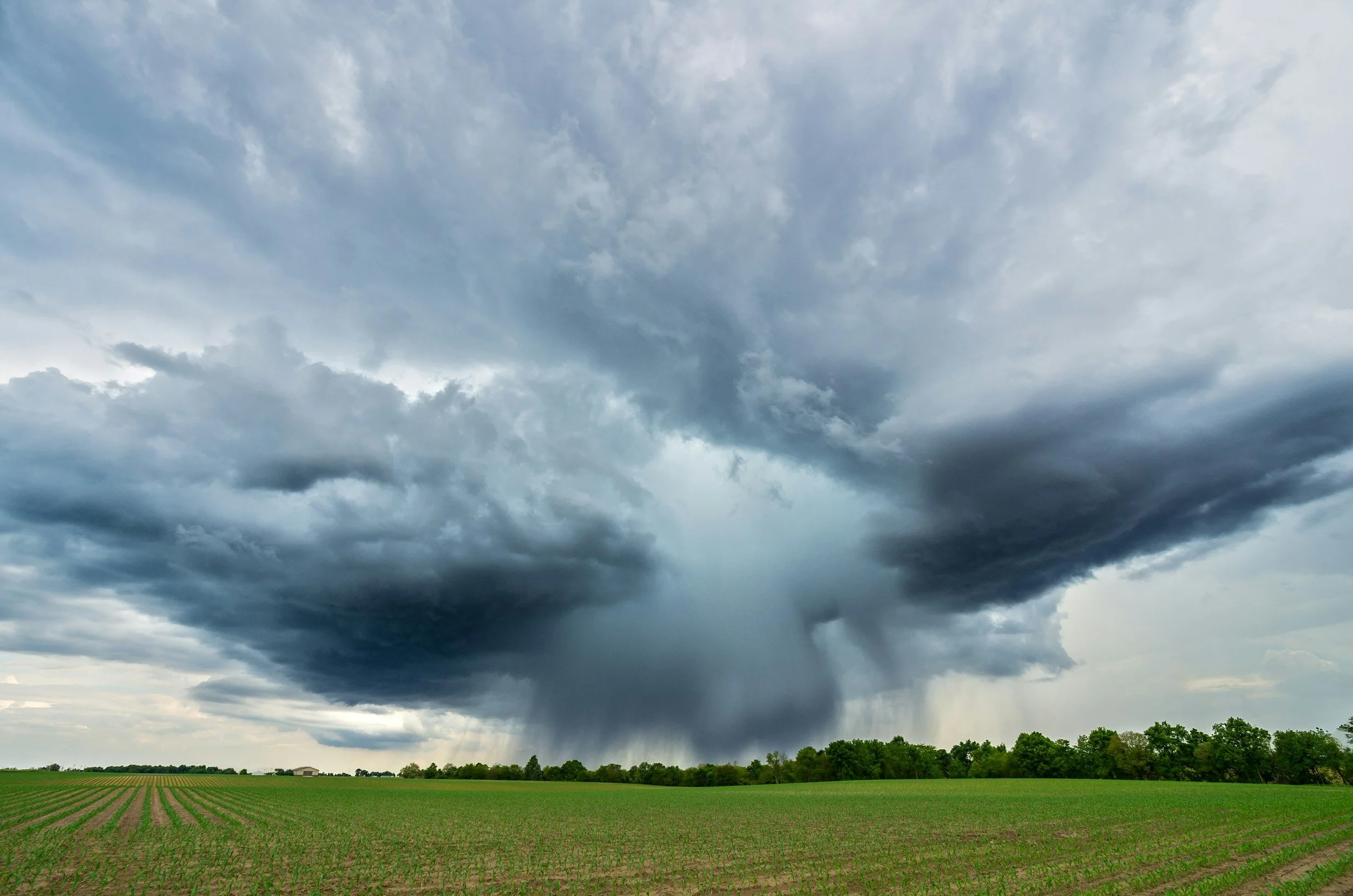Since its establishment in 1970, the Environmental Protection Agency (EPA) has served as a federal body dedicated to protecting the environment. Throughout its history, the EPA has championed climate initiatives through the implementation of various regulations and provisions. Most significantly, the EPA has gained authority to fight against climate change, specifically air pollution, through the Clean Air Act. The Clean Air Act, established in 1970 and later amended in 1990 to reflect changing times, was created to give the EPA the jurisdiction to regulate air pollutants, specifically greenhouse gas emissions, and to set and achieve National Ambient Air Quality Standards (NAAQS) through state implementation plans (SIPs). State Implementation Plans are documents and regulations that are utilized by states to enforce the NAAQS and to honor the requirements set in the Clean Air Act. Past Supreme Court orders, such as Massachusetts v. EPA, have highlighted the success of the Clean Air Act and its regulatory power. Conversely, current Supreme Court proceedings, most notably the Ohio v. EPA case, have contradicted the precedent regarding the scope of power designated to the EPA through the Clean Air Act.
Read MoreThe “Safety of Rwanda Act”, also referred to as the UK-Rwanda Migrant Deal or the MEDP (Migration and Economic Development Partnership), was passed by the United Kingdom (UK) Parliament on April 25, 2024, despite the UK Supreme Court holding that the deal was unlawful in November of 2023. This Migrant Deal controversially legalized the deportation of asylum seekers, who entered the UK illegally, to Rwanda. This received backlash from the public and legal scholars, who claimed that the MEDP could place asylum seekers in unsafe living conditions and put their livelihoods at risk.
Read More

